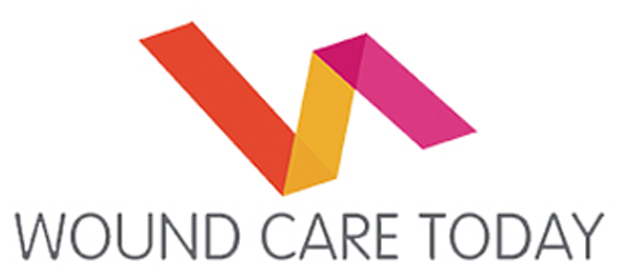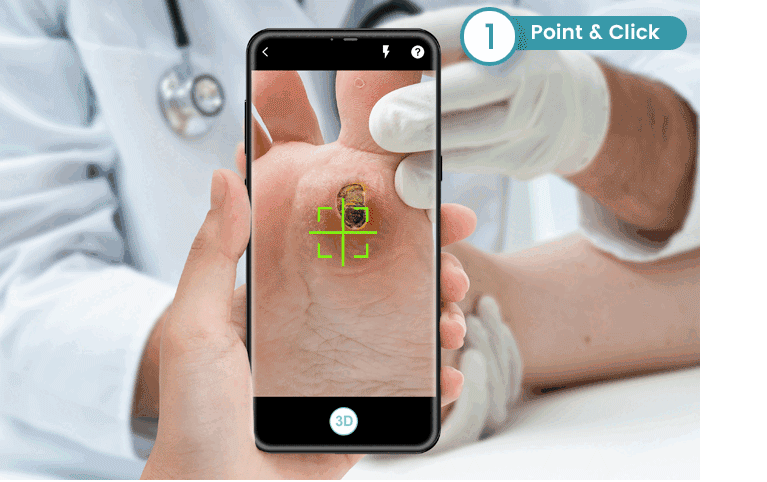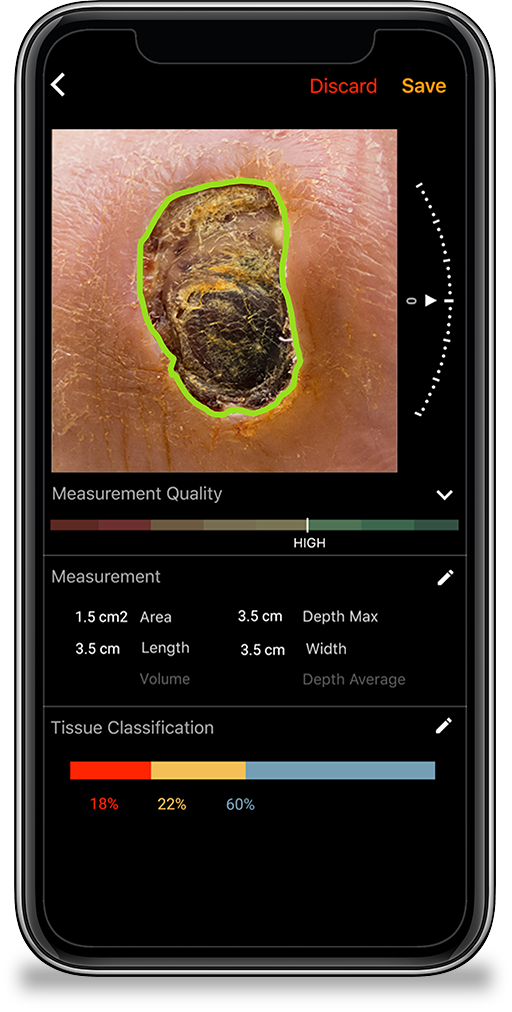References
Academic Health Sciences Network (2022a) Transforming Wound Care. Available online: https://www.ahsnnetwork.com/programmes/wound-care/transforming-wound-care/
Academic Health Sciences Network (2022b) Transforming Wound Care: First test sites announced in new national programme. Available online: https://www.ahsnnetwork.com/news/transforming-wound-care-first-test-sites-announced-in-new-national-programme/
Adderley U (2018) Our vision for the National Wound Care Strategy Programme. Wounds UK 14(5): 13
Adderley U (2022) National Wound Care Strategy Programme: past, present and future. J Vasc Soc G B Irel 2(1): 4-6
Bills JD, Berriman SJ, Noble DL, Lavery LA, Davis KE (2016) Pilot study to evaluate a novel three-dimensional wound measurement device. Int Wound J 13(6): 1372-1377
Coleman S, Nelson EA, Vowden P, et al (2017) Development of a generic wound care assessment minimum data set. J Tissue Viability 26(4): 226-240
Gray TA, Rhodes S, Atkinson RA, et al (2018) Opportunities for better value wound care: a multiservice, cross-sectional survey of complex wounds and their care in a UK community population. BMJ Open 2018;8:e019440
Hampton S, Kilroy-Findley A (2016) Taking photographs of wounds and data protection. Wounds UK 12(1): 40-44
International Wound Infection Institute (2022) Wound Infection in Clinical Practice. Wounds International, London. Available online: www.woundsinternational.com
Jenks P, Laurent M, McQuarry S, Watkins R (2014) Clinical and economic burden of surgical site infection (SSI) and predicting financial consequences of elimination of SSI from an English hospital. J Hosp Infect 86(1): 24-33
Lowbury EJL, Ayliffe GAJ, Geddes A (2013) Control of hospital infection. Springer, Boston USA
National Wound Care Strategy Programme (2018) About the programme. Available online: Wound Care Strategy | NWCSP (nationalwoundcarestrategy.net)
NHS England (2014) Five Year Forward View. Available online: https://www.england.nhs.uk/wp-content/uploads/2014/10/5yfv-web.pdf
NHS England (2016) Leading Change, Adding Value. Available online: https://www.england.nhs.uk/wp-content/uploads/2016/05/nursing-framework.pdf
NHS England (2019) The NHS Long Term Plan. Available online: https://www.longtermplan.nhs.uk/wp-content/uploads/2019/08/nhs-long-term-plan-version-1.2.pdf
NHS England (2023) Commissioning for Quality and Innovation (CQUIN): 2023/24. Available online: https://www.england.nhs.uk/wp-content/uploads/2022/12/CQUIN-2023-24-guidance-version-1.1.pdf
Professional Record Standards Body (2023) Wound assessment and treatment. Available online: https://theprsb.org/standards/wound-care-standard/
Stryja J, Sandy-Hodgetts K, Collier M, et al (2020) Surgical site infection: preventing and managing surgical site infection across health care sectors. J Wound Care 29(2, Suppl 2b): S1–S69
Swerdlow M, Lo J, Armstrong DG (2023) Reliability of an AI-powered application across different mobile devices for assessment of chronic wounds. Adv Wound Care Mar 28. doi: 10.1089/wound.2022.0095. Available online: https://pubmed.ncbi.nlm.nih.gov/36721378/
Academic Health Sciences Network (2022b) Transforming Wound Care: First test sites announced in new national programme. Available online: https://www.ahsnnetwork.com/news/transforming-wound-care-first-test-sites-announced-in-new-national-programme/
Adderley U (2018) Our vision for the National Wound Care Strategy Programme. Wounds UK 14(5): 13
Adderley U (2022) National Wound Care Strategy Programme: past, present and future. J Vasc Soc G B Irel 2(1): 4-6
Bills JD, Berriman SJ, Noble DL, Lavery LA, Davis KE (2016) Pilot study to evaluate a novel three-dimensional wound measurement device. Int Wound J 13(6): 1372-1377
Coleman S, Nelson EA, Vowden P, et al (2017) Development of a generic wound care assessment minimum data set. J Tissue Viability 26(4): 226-240
Gray TA, Rhodes S, Atkinson RA, et al (2018) Opportunities for better value wound care: a multiservice, cross-sectional survey of complex wounds and their care in a UK community population. BMJ Open 2018;8:e019440
Hampton S, Kilroy-Findley A (2016) Taking photographs of wounds and data protection. Wounds UK 12(1): 40-44
International Wound Infection Institute (2022) Wound Infection in Clinical Practice. Wounds International, London. Available online: www.woundsinternational.com
Jenks P, Laurent M, McQuarry S, Watkins R (2014) Clinical and economic burden of surgical site infection (SSI) and predicting financial consequences of elimination of SSI from an English hospital. J Hosp Infect 86(1): 24-33
Lowbury EJL, Ayliffe GAJ, Geddes A (2013) Control of hospital infection. Springer, Boston USA
National Wound Care Strategy Programme (2018) About the programme. Available online: Wound Care Strategy | NWCSP (nationalwoundcarestrategy.net)
NHS England (2014) Five Year Forward View. Available online: https://www.england.nhs.uk/wp-content/uploads/2014/10/5yfv-web.pdf
NHS England (2016) Leading Change, Adding Value. Available online: https://www.england.nhs.uk/wp-content/uploads/2016/05/nursing-framework.pdf
NHS England (2019) The NHS Long Term Plan. Available online: https://www.longtermplan.nhs.uk/wp-content/uploads/2019/08/nhs-long-term-plan-version-1.2.pdf
NHS England (2023) Commissioning for Quality and Innovation (CQUIN): 2023/24. Available online: https://www.england.nhs.uk/wp-content/uploads/2022/12/CQUIN-2023-24-guidance-version-1.1.pdf
Professional Record Standards Body (2023) Wound assessment and treatment. Available online: https://theprsb.org/standards/wound-care-standard/
Stryja J, Sandy-Hodgetts K, Collier M, et al (2020) Surgical site infection: preventing and managing surgical site infection across health care sectors. J Wound Care 29(2, Suppl 2b): S1–S69
Swerdlow M, Lo J, Armstrong DG (2023) Reliability of an AI-powered application across different mobile devices for assessment of chronic wounds. Adv Wound Care Mar 28. doi: 10.1089/wound.2022.0095. Available online: https://pubmed.ncbi.nlm.nih.gov/36721378/







